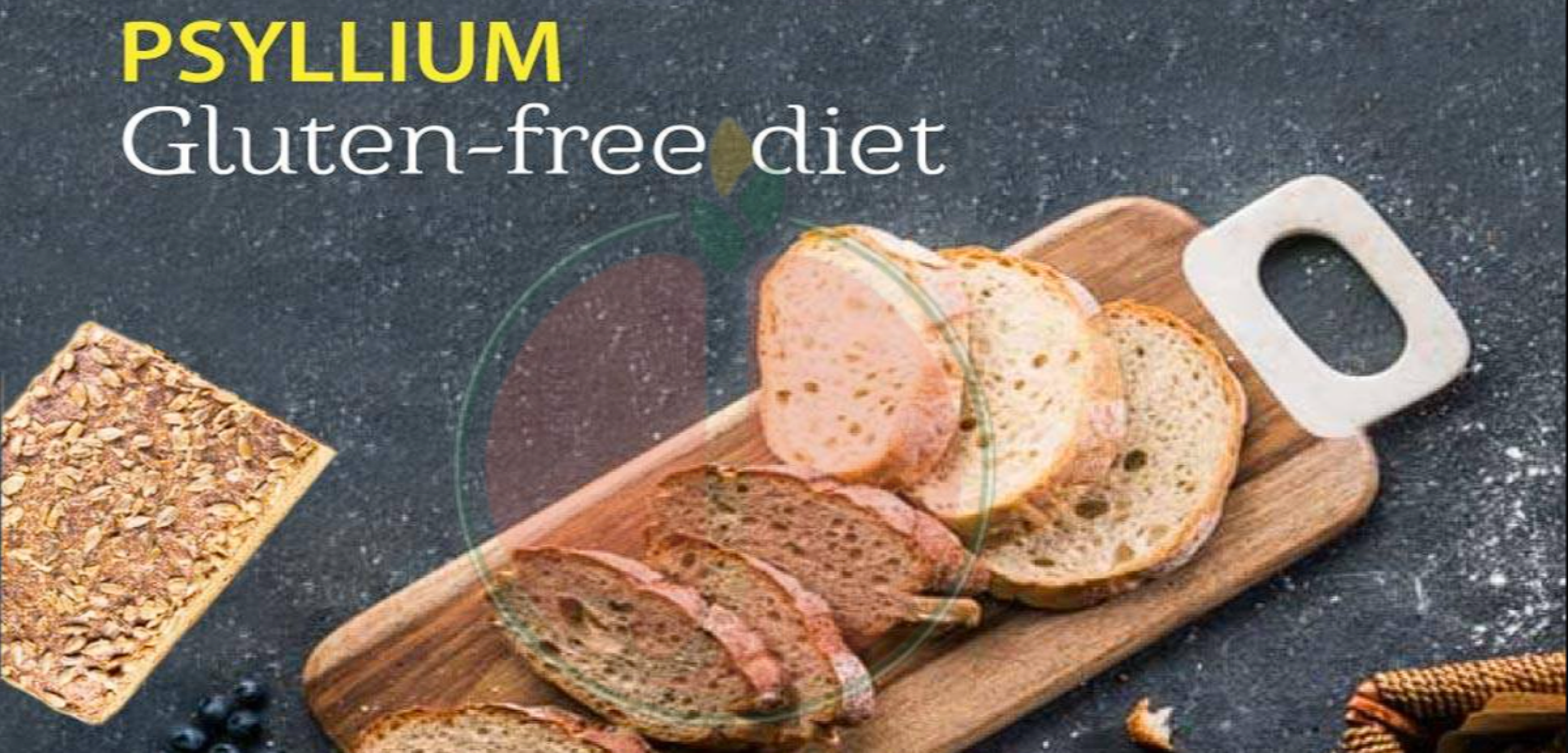Psyllium is a natural fiber supplement that has been gaining popularity as a gluten-free solution for people with celiac disease, gluten sensitivity, or those who simply want to reduce their gluten intake. This supplement is derived from the seeds of the Plantago ovata plant and has been used for centuries in traditional medicine as a laxative and digestive aid.
In recent years, psyllium has been studied extensively for its health benefits and has been found to have a range of benefits beyond its use as a laxative. In this blog, we will explore the Psyllium gluten free benefits and how it can help those who need to avoid gluten.
What is Gluten?
Gluten is a type of protein found in wheat, barley, rye, and other grains. It is responsible for the elasticity of dough and gives bread and other baked goods their chewy texture. Gluten is also used in many processed foods as a thickener, stabilizer, and emulsifier.
For people with celiac disease, gluten sensitivity, or wheat allergy, consuming gluten can cause a range of symptoms such as bloating, abdominal pain, diarrhea, and even damage to the small intestine. The only treatment for these conditions is a strict gluten-free diet, which requires eliminating all sources of gluten from the diet.
Psyllium Gluten Free Solution:
Psyllium is a soluble fiber supplement that is often used as a gluten-free alternative to wheat and other grains. It is a natural source of fiber that is low in carbohydrates and has a neutral taste, making it an ideal addition to gluten-free baking and cooking.
Psyllium Gluten Free works by absorbing water in the digestive tract, forming a gel-like substance that helps to regulate digestion and promote regularity. This can be particularly beneficial for people with celiac disease, as digestive issues are a common symptom of the condition.
One of the main benefits of Psyllium Gluten Free for those on a gluten-free diet is its ability to mimic the texture and functionality of gluten in baking. When mixed with water, psyllium forms a gel that can be used to bind ingredients together and create a chewy texture in baked goods. This can be especially helpful in recipes that traditionally rely on gluten, such as bread, pizza dough, and pastry.
Psyllium is also a versatile ingredient that can be used in a range of recipes, from savory dishes like burgers and meatballs to sweet treats like muffins and cakes. It can even be added to smoothies and other beverages to boost fiber intake and promote satiety.
In addition to Psyllium Gluten Free benefits, its has been shown to have a range of health benefits. Some of the potential benefits of psyllium include:
Improved digestive health: Psyllium has been shown to help regulate bowel movements and improve symptoms of constipation and diarrhea.
Lowered cholesterol: Psyllium has been shown to lower levels of LDL cholesterol, which is the “bad” cholesterol that can contribute to heart disease.
Blood sugar control: Psyllium has been shown to help regulate blood sugar levels, which is important for people with diabetes or those at risk for developing the condition.
Weight loss: Psyllium has been shown to help promote feelings of fullness and reduce appetite, which can be helpful for people who are trying to lose weight.
How to Use Psyllium
Psyllium is typically sold as a powder or in capsule form and can be found at most health food stores and online retailers. When using psyllium in baking or cooking, it is important to follow the instructions carefully to ensure the best results.
Here are some tips for using Psyllium Gluten Free in your cooking and baking:
Start with small amounts: Psyllium can be very effective at binding ingredients together, so it’s important to start with small amounts and gradually increase as needed. Too much psyllium can result in a gummy or dense texture in baked goods.
Use the right ratio: When using psyllium in place of gluten in a recipe, it is important to use the right ratio to achieve the desired texture. A good rule of thumb is to use 1 teaspoon of psyllium per 1 cup of flour.
Mix well: Psyllium absorbs water quickly, so it’s important to mix it well with the other ingredients to ensure even distribution. Mixing the psyllium with water before adding it to the recipe can also help prevent clumping.
Let it rest: After mixing the psyllium with the other ingredients, it is important to let the mixture rest for a few minutes to allow the psyllium to absorb the moisture and thicken. This will help create a more elastic and pliable dough or batter.
Experiment with recipes: Psyllium can be used in a wide variety of recipes, so don’t be afraid to experiment with different dishes and flavor combinations. Some recipes may require more or less psyllium depending on the desired texture, so it’s important to adjust the amount accordingly.
Conclusion
Psyllium is a natural fiber supplement that can be a valuable tool for those on a gluten-free diet. With its ability to mimic the texture and functionality of gluten in baking, psyllium can help those with celiac disease, gluten sensitivity, or wheat allergy enjoy their favorite foods without sacrificing taste or texture.
In addition to its gluten-free benefits, psyllium has been shown to have a range of health benefits, including improved digestive health, lowered cholesterol, and blood sugar control. By incorporating psyllium into your diet, you can enjoy the benefits of this versatile and nutritious ingredient while maintaining a gluten-free lifestyle.


